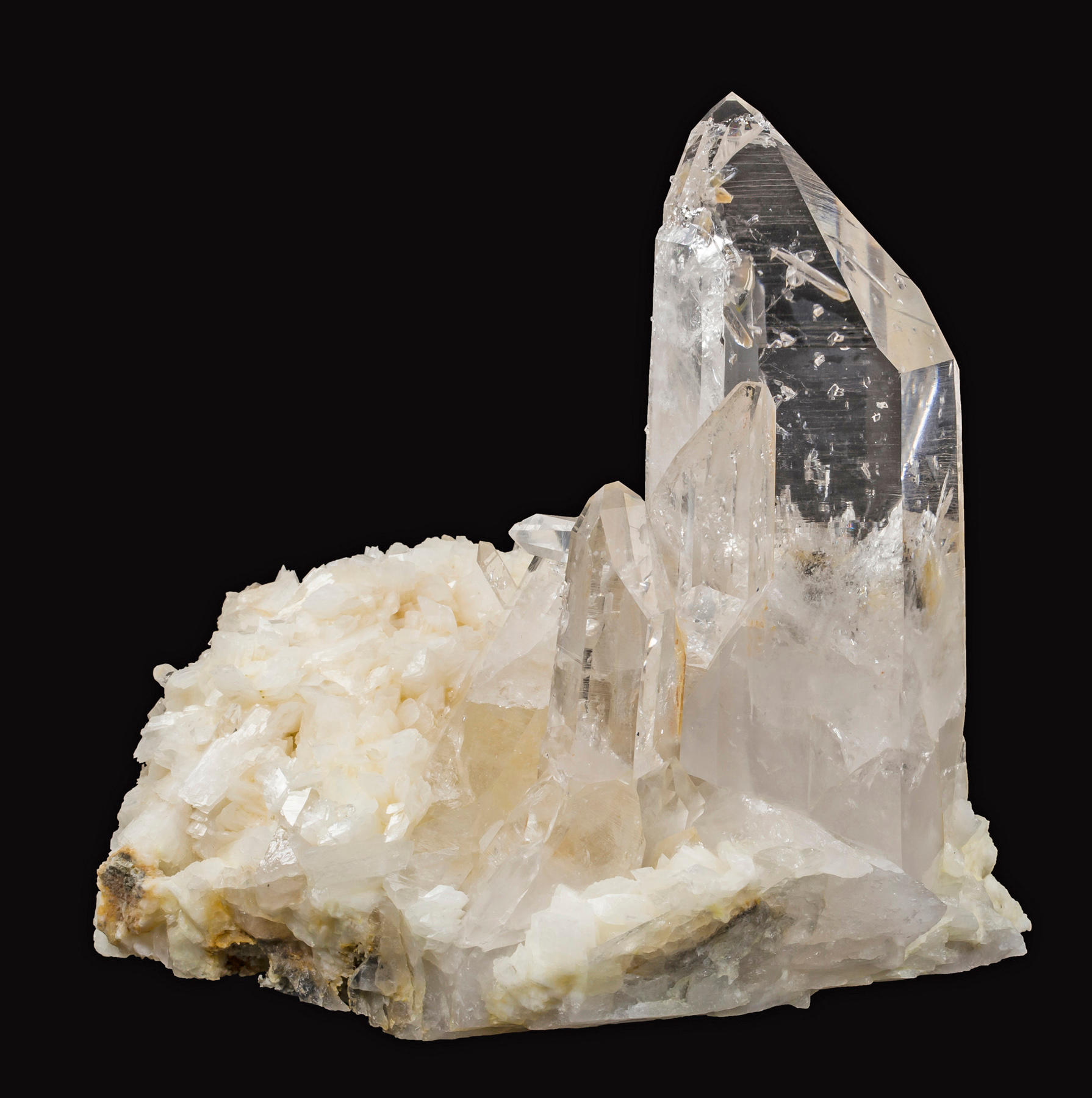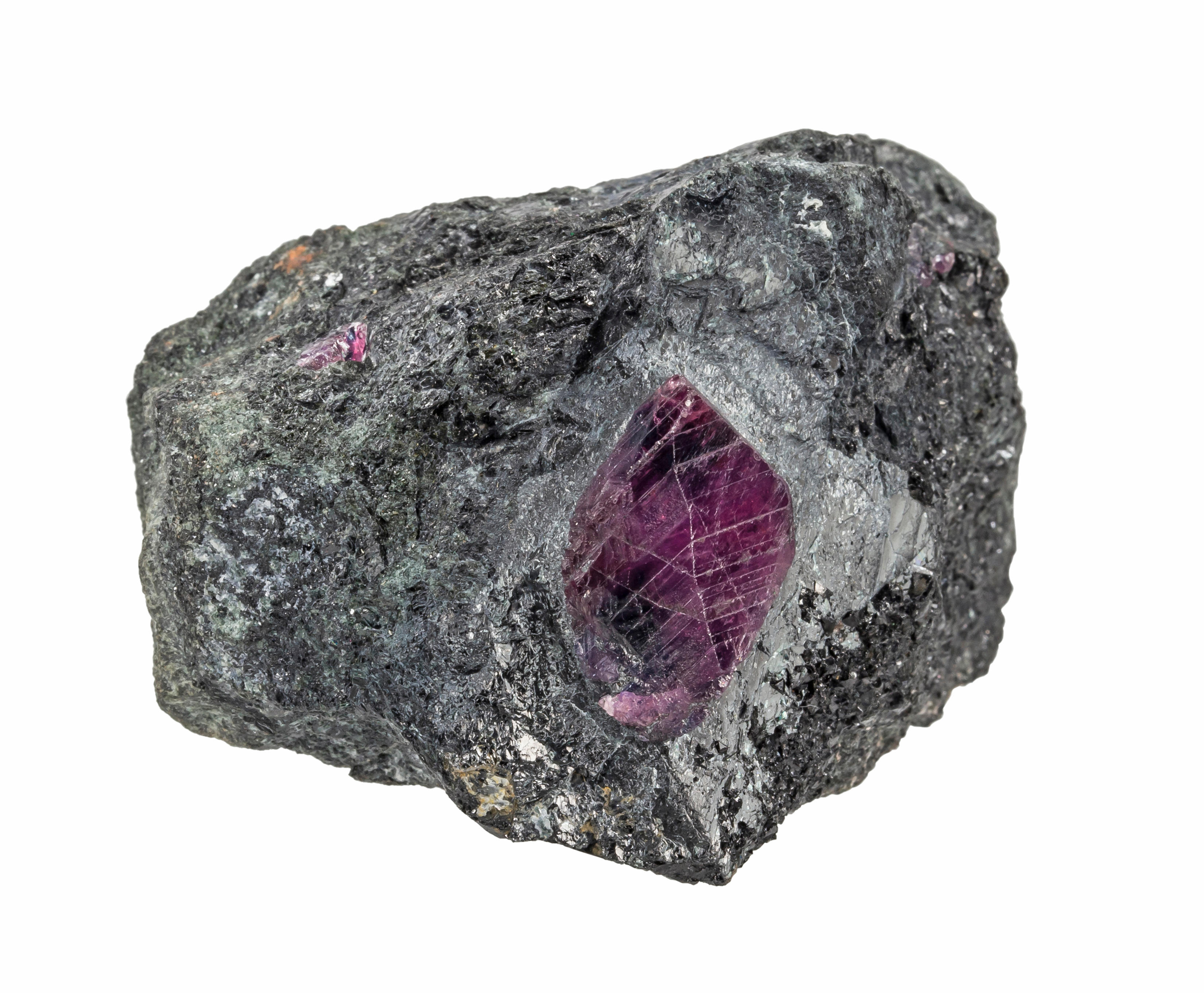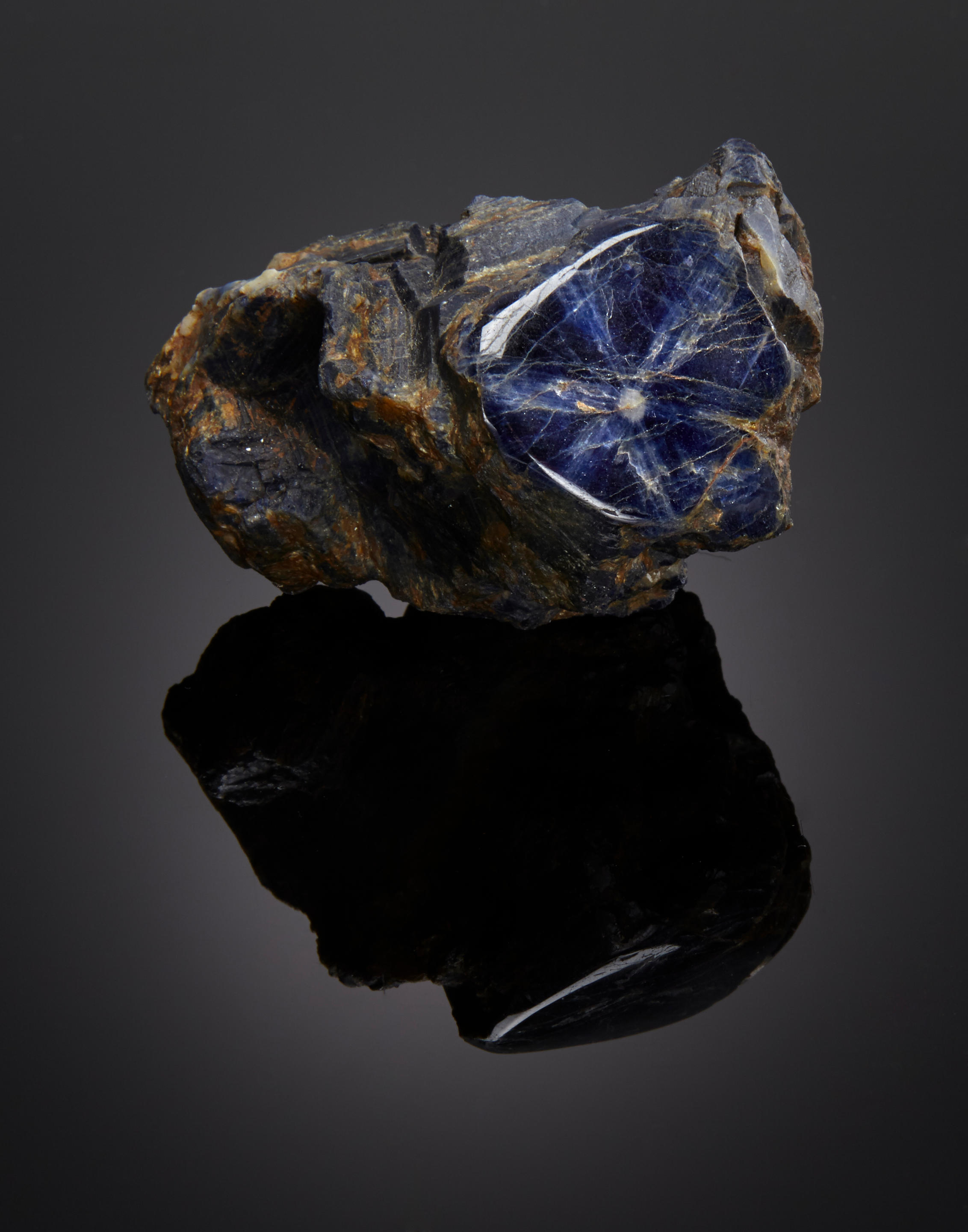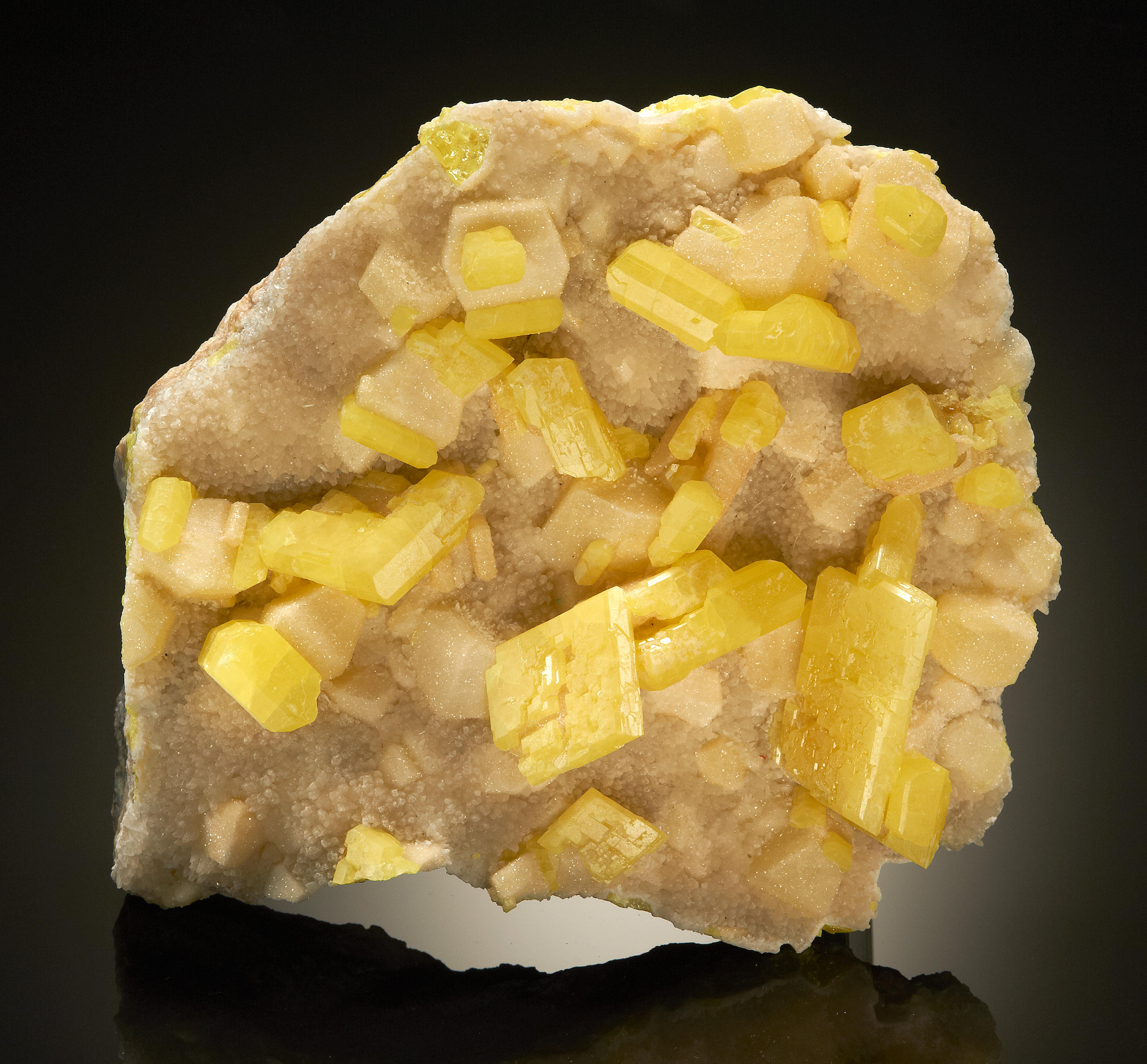Mammuthus primigenius Pleistocene Alaska The much-coveted, rarely seen blue-green coloration exhibited in this woolly mammoth tusk was produced by its burial in the permafrost in which it lay entombed since the last Ice Age. Also boasting a graceful double curve, the finely polished specimen displays rich brown, tan and deep blue-green hues plentifully interspersed over the entire specimen. Woolly mammoths are perhaps the quintessential Ice Age mammal. Using their tusks to sift the snow looking for vegetation to eat, and ever alert for the crunching snow of a predator or man, they inhabited the frozen wastelands of the Pleistocene to the Early Holocene. Approximately the size of an Asian elephant, their double coat of hair and their storage of fat provided warmth. Unlike modern elephants, the woolly mammoth's ears were small (elephants use their ears to cool themselves and, as the mammoth lived in a cold environment, large ears were unnecessary.) The males may have used their tusks for combat or in competition for females. Fine carving in the Chinese taste covers the majority of the tusk with various traditional emblems of a happy Budddha, coins, clouds. Following the ban on elephant ivory in 1972, woolly mammoth tusks became a desirable material to use as a medium for fine Chinese carvings. Length in. Diameter in
Mammuthus primigenius Pleistocene Alaska The much-coveted, rarely seen blue-green coloration exhibited in this woolly mammoth tusk was produced by its burial in the permafrost in which it lay entombed since the last Ice Age. Also boasting a graceful double curve, the finely polished specimen displays rich brown, tan and deep blue-green hues plentifully interspersed over the entire specimen. Woolly mammoths are perhaps the quintessential Ice Age mammal. Using their tusks to sift the snow looking for vegetation to eat, and ever alert for the crunching snow of a predator or man, they inhabited the frozen wastelands of the Pleistocene to the Early Holocene. Approximately the size of an Asian elephant, their double coat of hair and their storage of fat provided warmth. Unlike modern elephants, the woolly mammoth's ears were small (elephants use their ears to cool themselves and, as the mammoth lived in a cold environment, large ears were unnecessary.) The males may have used their tusks for combat or in competition for females. Fine carving in the Chinese taste covers the majority of the tusk with various traditional emblems of a happy Budddha, coins, clouds. Following the ban on elephant ivory in 1972, woolly mammoth tusks became a desirable material to use as a medium for fine Chinese carvings. Length in. Diameter in















Try LotSearch and its premium features for 7 days - without any costs!
Be notified automatically about new items in upcoming auctions.
Create an alert